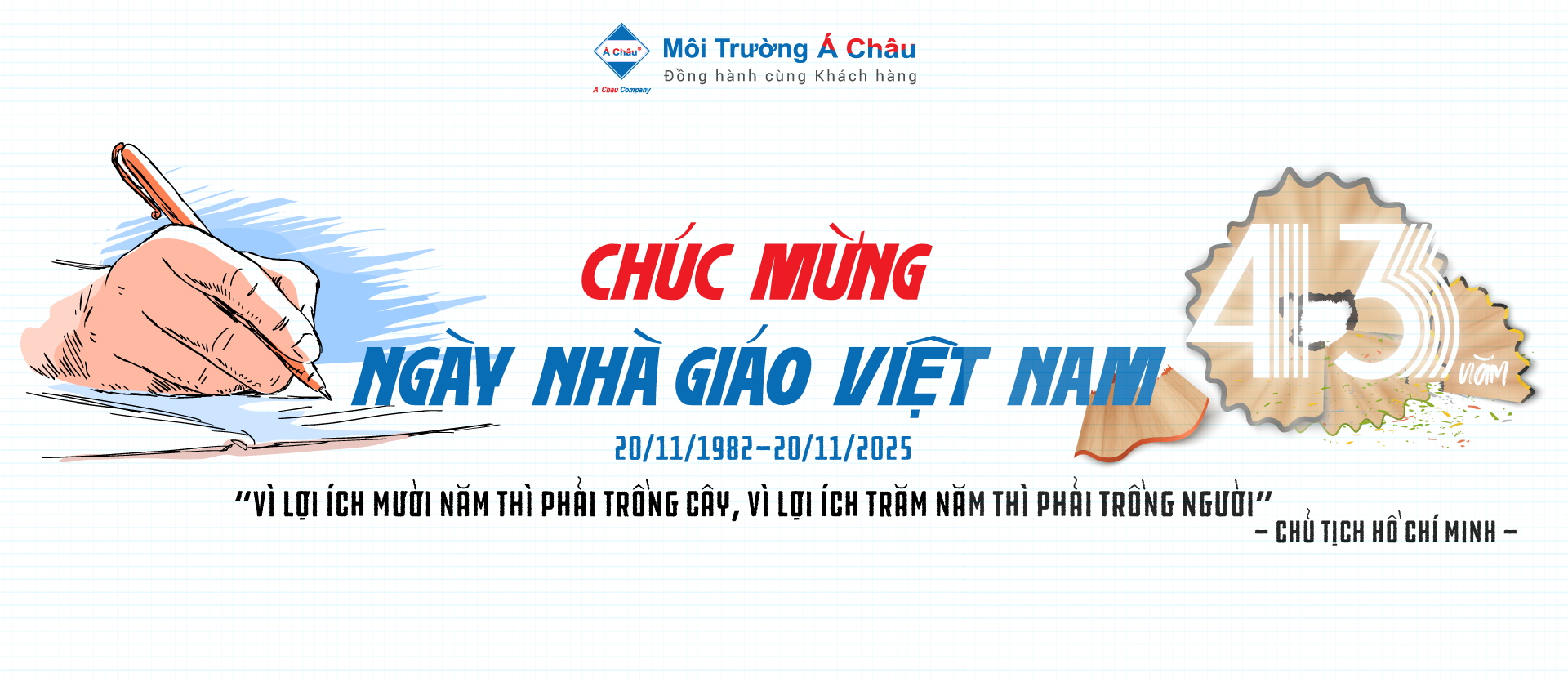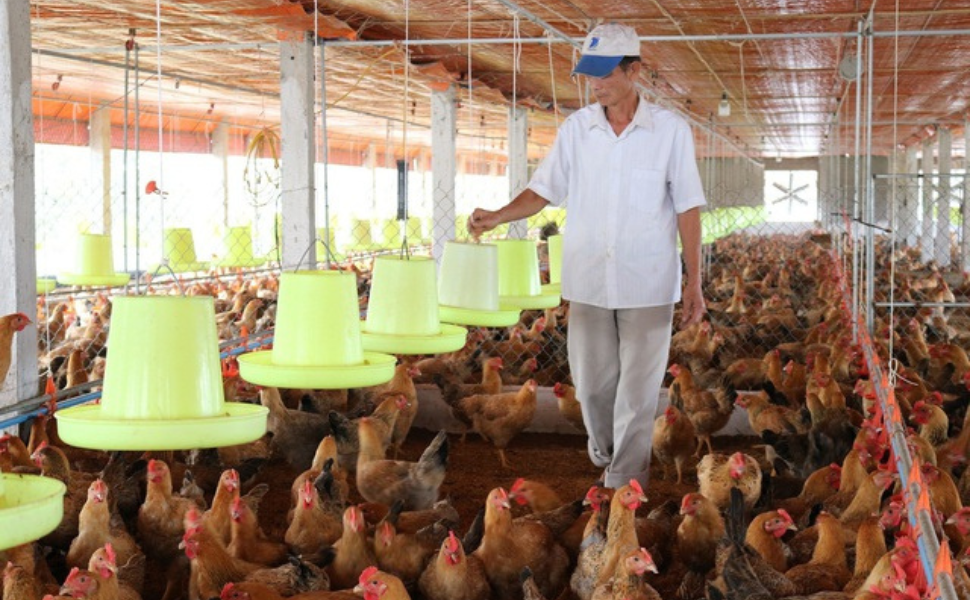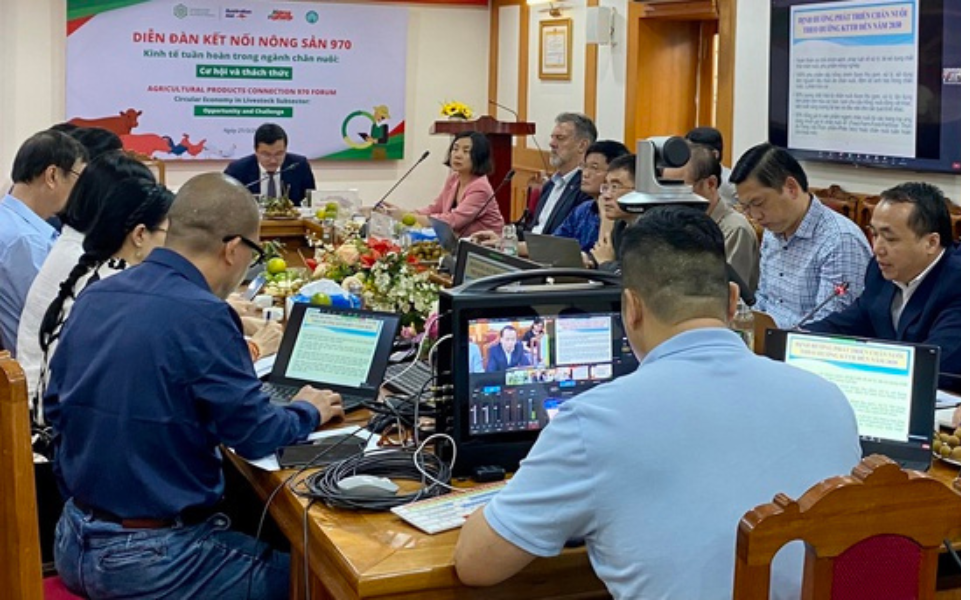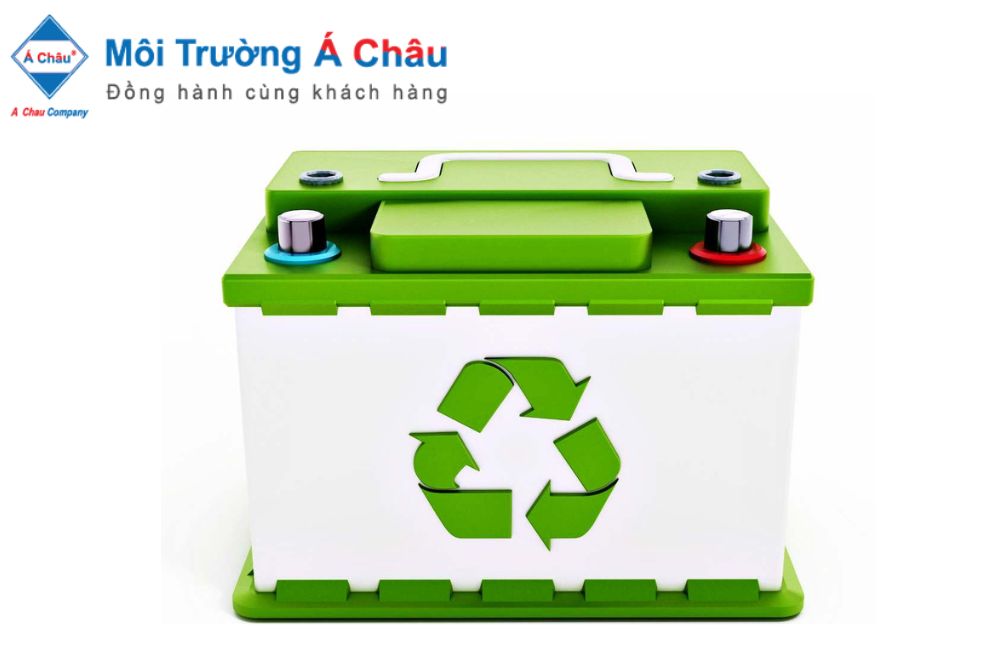Circular Economy in Livestock Farming: Rotating 'Waste' into Materials
With the development of a Circular Economy, the animal breeding industry may add value to byproducts that many areas currently deem "Waste."
Illustration Image
The space for Circular Economic development in farming is vast.
On March 21, the Agricultural Product Consumption Connection Forum's Steering Group, the Department of Livestock Production (Ministry of Agriculture and Rural Development), and the Agribusiness Advisory Group (ARG) of the Australian Center for International Agricultural Research in Vietnam (ACIAR)) organized the Forum "Circular Economy in the Livestock Industry: Chances and Challenges."
The country presently possesses more than 28.8 million pigs, 8.9 million cattle, and 533 million fowl, according to figures from the Department of Livestock (Ministry of Agriculture and Rural Development). With the growth trend, the wide range of livestock packs has a significant environmental effect.
Mr. Vo Trong Thanh, from the Department of Livestock Production, highlights the challenges of waste disposal and environmental treatment in the livestock industry. He proposes a Circular Economy paradigm to improve cattle husbandry, focusing on minimizing input material consumption, limiting emissions, and processing animal waste for crop and livestock farming, fisheries, and forests.
Building a circular economy in agriculture and livestock farming must be linked with farming and other sectors, according to the circular economy direction. Livestock manure and agricultural leftovers are valuable resources that must be efficiently utilized. Treating and reusing animal manure and agricultural leftovers is everyone's duty.
Mr. Tran Lam Sinh, Deputy Director of the Department of Agriculture and Rural Development of Dong Nai province, shared the reality narrative, stating that this province has the most livestock (2.6 million pigs). The province is implementing circular agricultural methods such as the Hermetia Illucens-Black Soldier Fly farming model, which employs cutting-edge technology to assist byproducts being used nearly totally.
"The province's output of organic fertilizer from livestock byproducts is 2 million tons per year," stated Mr. Tran Lam Sinh. In the future, the province will focus on raising people's awareness and improving investment capacity, research, leveraging technology, motivating people and businesses to invest in circular agriculture through capital support, priority policies, and connecting economic sectors along the value chain."
Ms. Nguyen Giang Thu, Deputy Director of the Department of Environmental Science and Technology (Ministry of Agriculture and Rural Development), highlights various models such as garden and barn ponds, crop rotation, organic fertilizer production, integrated livestock production, 4F biosecurity livestock farming, and Green Circulation in dairy farms.
However, the growth of the Circular Economy in Vietnam must be proportional to its production potential. The rate of byproduct collection and recycling has to be increased.
"Previously, byproducts were viewed as waste rather than resources that needed to be processed in order to circulate." Later in life, Ms. Giang Thu stressed, "It is necessary to raise awareness, role, and effectiveness of models; perfect the mechanism to promote production; support the development of the Circular Economy; and develop the market for products produced in the Circular Economy."
The Forum discussed chances and challenges for the Circular Economy in the livestock industry.
Necessary for policies to promote a Circular Economy.
Mr. Nguyen Tri Cong, Chairman of the Dong Nai Province Animal Association, stated that animal wastes are now subject to stringent transportation rules since they are deemed waste under the Environmental Protection Law. As a result, standardized in-laws with the perspective of viewing byproducts of one business as raw materials of another are required.
The speaker emphasizes the importance of livestock facilities, including food and environmental sanitation, in ensuring clean products throughout the production process and confirms the need for market distribution and consumption units to participate in this Circular Chain for sustainability and safety.
Vietnam is grappling with challenges such as limited awareness of the Circular Economy, inexperienced small and medium-sized businesses, rural micro-enterprises and cooperatives, risk-averse mentality, low investment for large recycling models, and an incomplete legal framework, according to Mr. Nguyen Anh Phong, Director of the Information Center.
Mr. Nguyen Anh Phong emphasizes the need for a legal corridor and standardization of the Circular Economy in the agriculture sector, thereby completing the regulatory system for setting production and commercialization norms and developing methods and laws to encourage circular economy technologies.
Simultaneously, he underlined the need for policies that enhance links and collaboration in local and international research, application, and technology transfer. Encourage digitization and the development of database systems and data analytics for the circular Economy.
Source: Socialist Republic of Vietnam















